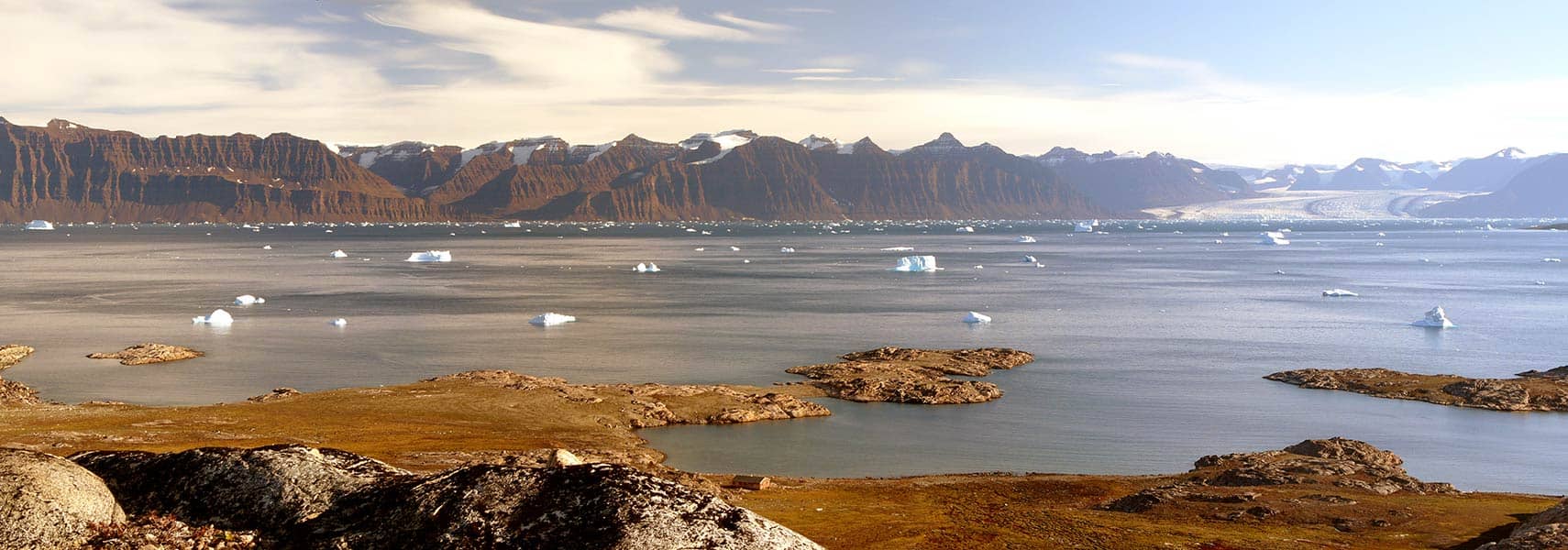Exploring the Wonders of Greenland
Greenland, the world's largest island, is often misunderstood in terms of its geographical classification. Although it appears as a continent on various maps, it is important to recognize that it is, in fact, an island. Surrounded by ice, approximately 80% of Greenland's surface is covered in glaciers, creating a frosty yet captivating landscape. The indigenous name for the island is Kalaallit Nunaat, which reflects its rich cultural heritage. As a self-governing territory within the Kingdom of Denmark, Greenland operates with a degree of autonomy. Interestingly, this unique geographical entity shares maritime borders with Canada, Iceland, and Norway, further enhancing its significance in the Arctic region.
A Brief History of Greenland
Delving into the history of Greenland reveals a narrative marked by colonization and self-governance. In the 18th century, Danish colonizers initiated settlement on the island. Over time, particularly in 1953, Greenland transitioned to being an integral part of Denmark. A major shift occurred in 1978 when the Danish parliament granted Greenland self-government. This was a pivotal moment for the territory, as it began to assert its own identity while still recognizing Denmark's authority over foreign affairs. Furthermore, in 1973, Greenland joined the European Union alongside Denmark, only to withdraw in 1985 due to disagreements over fishing quotas.
Government Structure
Greenland operates under a parliamentary democracy within the constitutional monarchy of Denmark. It maintains its status as a self-governing overseas administrative division since 1979. This unique framework allows the people of Greenland, known as Greenlanders, to participate actively in the decision-making processes that affect their lives. With a parliament that addresses local issues, the governance system blends traditional Greenlandic values with modern political structures.
The Geography of Greenland
Located in Northern North America, Greenland sits between the Arctic Ocean and the North Atlantic Ocean, just northeast of Canada. The island spans a staggering 2,166,086 square kilometers (836,297 square miles), effectively making it one of the largest geographical entities on Earth. The terrain ranges from flat expanses to gradually sloping icecaps, with a rocky and barren mountainous coastline. The highest point in Greenland is Gunnbjorn, which reaches an impressive height of 3,700 meters. This unique topography contributes to Greenland’s breathtaking beauty and ecological diversity.
The Climate: A Unique Challenge
Greenland experiences an Arctic to subarctic climate, characterized by cool summers and exceptionally cold winters. Such extreme weather patterns pose challenges for both inhabitants and wildlife. Yet, it also creates a stunning seasonal spectacle, ranging from expansive ice fields to vibrant summer blooms in sheltered pockets. Understanding these climatic variations is vital for anyone interested in the ecological and societal aspects of life in Greenland.
Demographics and Population
The population of Greenland is relatively small, with about 56,100 people residing on this vast island as of 2016. This makes it one of the least densely populated regions globally, surpassed only by Antarctica. The inhabitants, primarily Greenlanders, are predominantly from the Inuit heritage, comprising approximately 88% of the total population. The remaining 12% includes Danish and other ethnic groups. This unique demographic composition enriches the island's cultural landscape and fosters a sense of identity among its people. Moreover, Greenland boasts a remarkable literacy rate of 100%, highlighting the importance placed on education in maintaining and celebrating its distinctive culture.
Languages and Religion
In Greenland, three primary languages are spoken: Greenlandic (an East Inuit language), Danish, and English. This linguistic diversity showcases the island's complex heritage and its connections to both indigenous and colonial histories. Additionally, Christianity plays a significant role in the spiritual lives of many Greenlanders, further intertwining cultural practices with faith.
Natural Resources and Economy
Greenland's wealth lies in its natural resources, which include fish, seals, whales, and various minerals such as gold, niobium, uranium, and diamonds. This abundance allows for a vibrant fishing industry, where fish processing, particularly of prawns and Greenland halibut, stands as one of the primary economic activities. In fact, fish and fish products accounted for an impressive 91% of Greenland's exports in 2015, emphasizing the island's reliance on maritime resources for economic stability.
Agriculture and Industry
Though the island is predominantly icy, agriculture does exist, focusing on forge crops and greenhouse vegetables. The local economy also includes livestock farming, particularly sheep and reindeer. Handicrafts and small shipyards further contribute to Greenland's overall industrial landscape. Despite its remote location, Greenland manages to maintain a diverse economy that reflects its unique environmental challenges and resource availability.
Trade Relationships
In terms of trade, Greenland primarily exports to Denmark, which accounted for 51.6% of its trade partnerships in 2015. Other significant trading partners include China, Japan, and Russia, showcasing a balanced network of economic relationships. Conversely, Greenland imports essential commodities such as machinery, food, and petroleum products, again largely relying on Denmark for over 67% of its imports. This interdependence highlights not only Greenland's strategic role in the Arctic but also its important relationships with other nations.
Conclusion: The Unique Essence of Greenland
In conclusion, Greenland embodies a distinctive blend of rich cultural tradition and unique geographical features. While the icy landscape may pose challenges, it also offers stunning beauty and resilience. The journey through Greenland's history, government, demographics, and natural resources reveals a land that is both remote and remarkably interconnected with the rest of the world. Understanding Greenland's nuanced identity fosters appreciation for this majestic island, where the beauty of nature intertwines with the spirit of its people.
Largest cities of: Greenland
| City Name | Population | Year of foundation | |
| Nuuk | 19,000 | 1728 | |
| Sisimiut | 5,400 | 1756 | |
| Ilulissat | 4,600 | 1721 | |
| Qaqortoq | 3,200 | 1775 | |
| Aasiaat | 3,000 | 1750 | |
| Maniitsoq | 2,600 | 1782 | |
| Nanortalik | 1,300 | 1784 |


